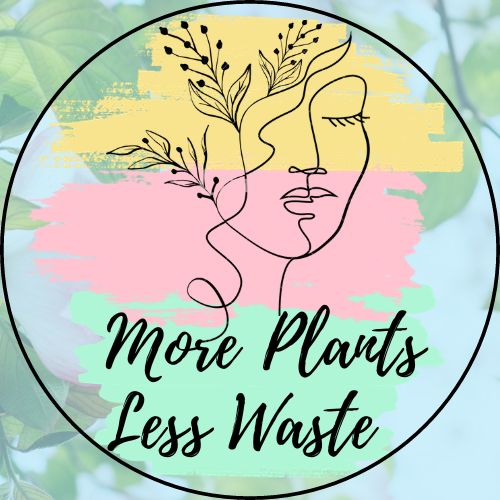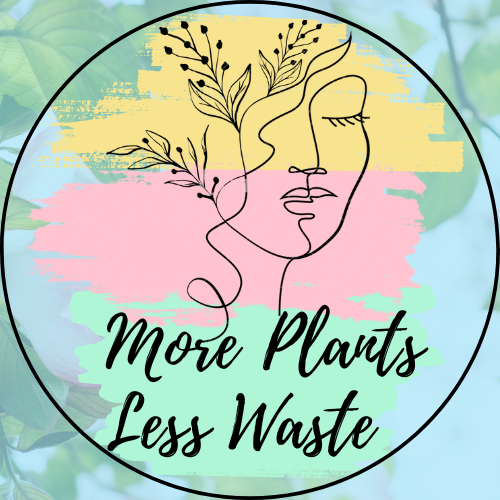It’s planting season! Which means it’s a great time to plant annuals and perennials. But what are annuals and perennials?
Annuals
Annuals are flowers you plant every year, or annually. They complete their life cycle in just one growing season. Although you have to replant them annually, they offer some beautiful benefits.








Perennials
Perennials are plants that regrow every year. They’re smaller than shrubs and ornamental trees but come in various sizes. Additionally, a perennial is a plant that lives for two or more years. But, perennials are amazing to plant because they offer the benefit of living for several years.








Sun Pattern
Annuals and Perennials give you an endless number of options when it comes to your outdoor garden and yard. There are Rain Gardens, Pollinator Gardens, Shade Gardens, Butterfly Gardens, and more. Also, the creativity these beautiful plants give you is limitless!
However, it’s important to keep in mind the ‘sun pattern’ you’re working with because the success of your plants depends on it. A ‘sun pattern’ is a combination of full sun, part sun/shade, and shade areas with shade or shadows moving from west to east in a clockwise pattern, opposite the sun moving east to west. Simply put, a ‘sun pattern’ is tracking the sun or shadows in your yard or area of planting.
Whether annual or perennial, each plant will have a ‘sun pattern’ it requires. There’s normally a tag in the plant or a plant nursery worker around that can tell you the ‘sun pattern’ it will look for. However, the best way to figure out what ‘sun pattern’ you’re working with is to keep an eye on the desired area the next sunny day you have.
Watch where the sun is every couple of hours noting if there are any shadows that linger or where they pass. Also, make sure you’re not counting a spot as sunny if it’s beneath some currently bare branches on a tree. When the tree foliates and leaves appear, that once sunny spot will be covered in shade.
It’s just as important to note if it’s morning sun, afternoon sun, or all-day sun that your area will be receiving. The morning sun is softer and has more gentle rays. The afternoon sun is more intense and with blazing rays. The all-day sun would also be similar to Afternoon Sun because it will get both the soft morning rays as well as the intense afternoon rays.
After you’ve watched your planting spot and noted the ‘sun pattern,’ you can then decide if your area is in the category of Full Sun, Part Sun, Part Shade, or Shade.
Full Sun
Full sun is 6 or more hours of sun a day
Part Sun
Part sun is around 3-6 hours of sun a day. This would also be Morning Sun or Evening Sun but preferably not Afternoon Sun
Part Shade
Part Shade is pretty much the same as Part Sun. The plants will look for 3-6 hours of Morning Sun or Evening Sun. While remaining shaded from the Afternoon Sun under a tree or shaded by a building.
Shade
Shade would be a plant that wants less than 3 hours of direct sun. The rest of the day would be either filtered sun or lightly shaded.
Zone
To know what would be considered an Annual and a Perennial where you live, you’ll need to know what Zone you’re in. These ‘Zones’ are based on the average minimum winter temperature. In the United States, we have zones 1a-13b.
Zone 1 is the coldest zone with minimum winter temperatures down to -60 degrees Fahrenheit. However, Zone 13 is the warmest zone with minimum winter temperatures averaging to 65- and 70-degrees Fahrenheit.
If you Google “What Plant Zone Am I In?” there will be a Zone Finder. It’s a super simple website that allows you to click the state you’re in and it will give you the Zone number. However, the zone number will usually be on the back of the plant tag as well.

My Example – Colorado
Currently, I reside in Northern Colorado which is Zone 5b. Here’s a list of what would be considered annuals and perennials in my area.
Annuals
Geraniums – Lantana – Petunia – Calibrachoa – Begonia – Alyssum – Gerbera Daisy – Impatiens – New Guinea Impatiens – Marigold – Zinnia – Dusty Miller – Snapdragon – Moss Ross – Sunflower – Coleus – Gladiolus Dahlia – Sweet Potato Vine – Cannas – Elephant Ear – Verbena
Perennials
Yarrow – Butterfly Weed/Milkweed – Aster – Baptisia – Coreopsis – Delphinium – Dianthus – Coneflower – Joe Pye Weed – Daylily – Hibiscus – Shasta Daisy – Russian Sage – Garden Phlox – Black Eyed Susan – Salvia – Catmint – Creeping Phlox – Coneflower – Hollyhock – Bell Flower – Coral Bells – Bee Balm – Fern – Bleeding Heart – Ornamental Grass
Get Creative
The best part about annuals and perennials is how creative you can be. While there are an endless number of options for whatever ‘sun pattern’ you may have, knowing your options makes creating easier.
Don’t forget to share pictures of your creations on our Facebook Page! – https://www.facebook.com/MorePlantsLessWaste




















